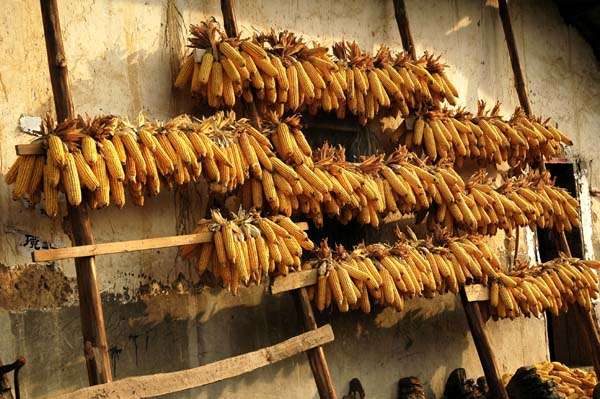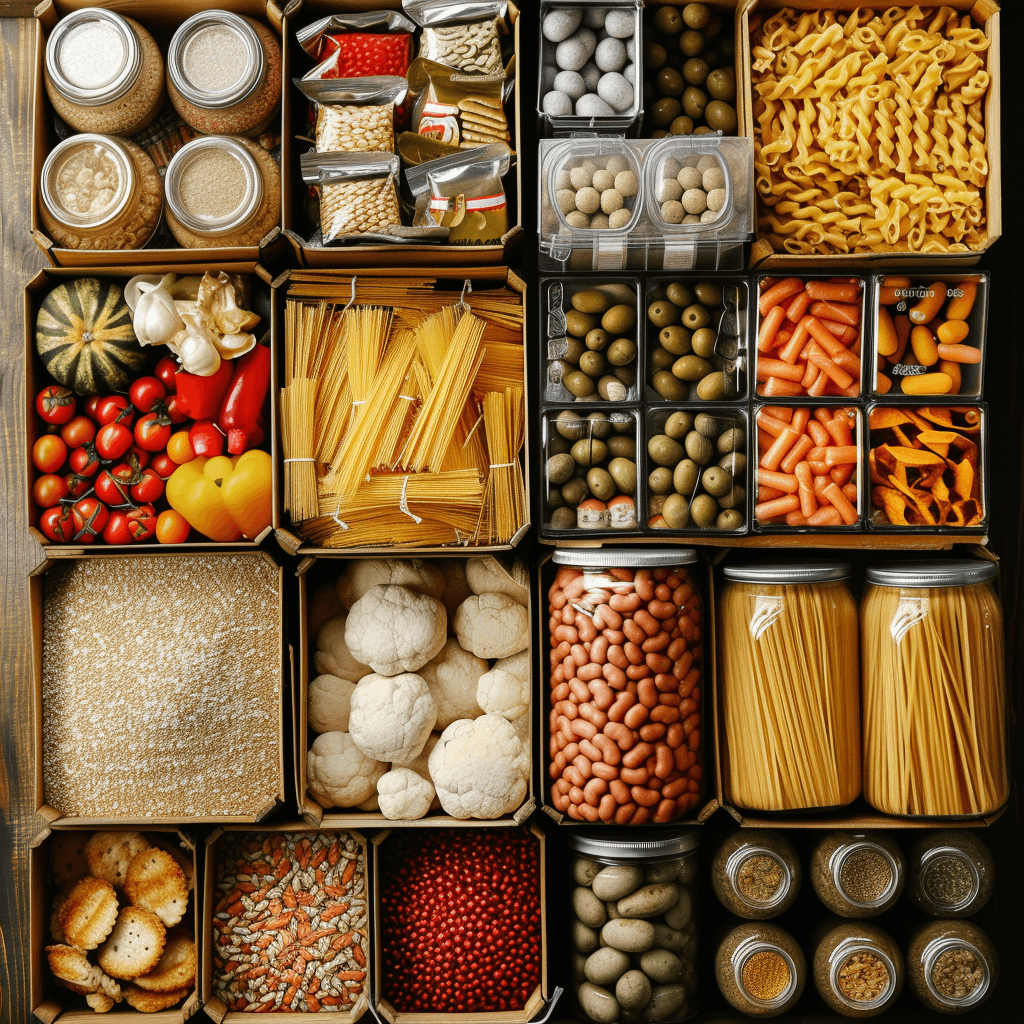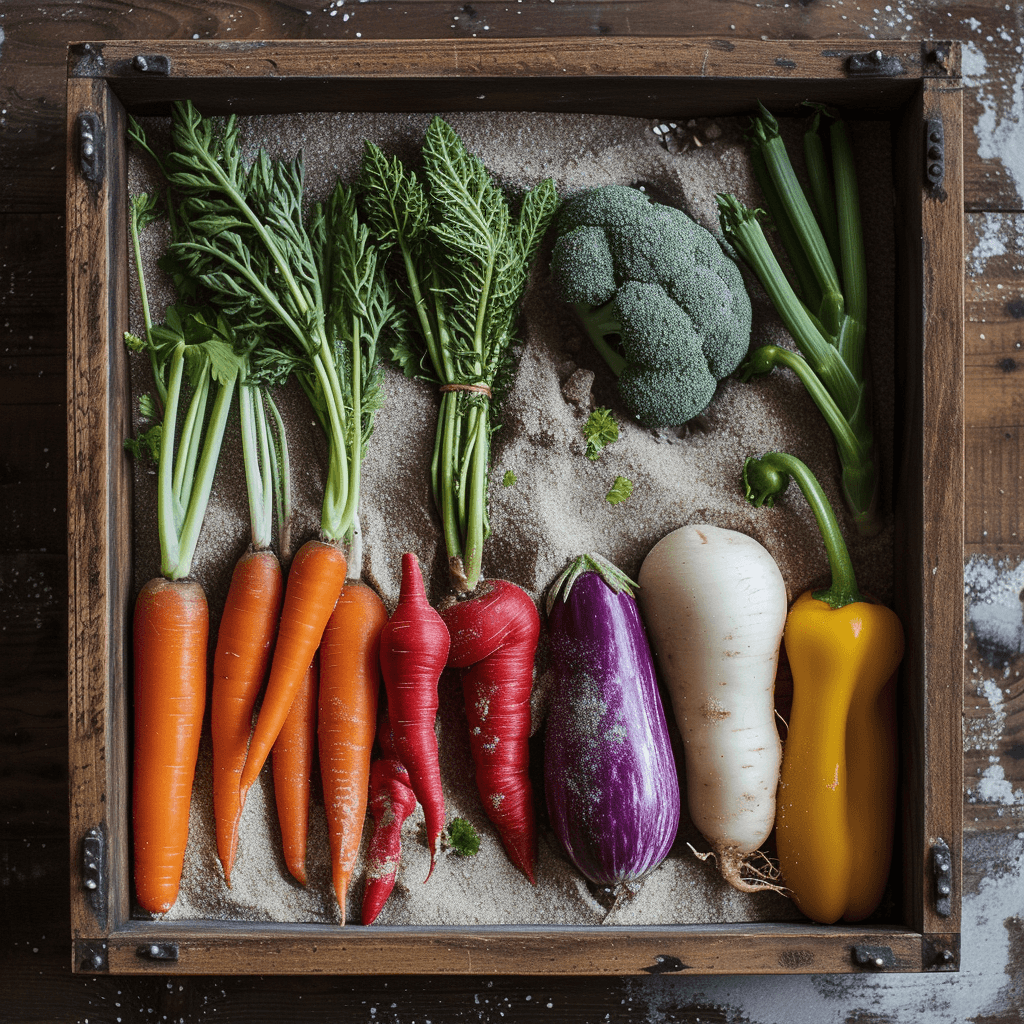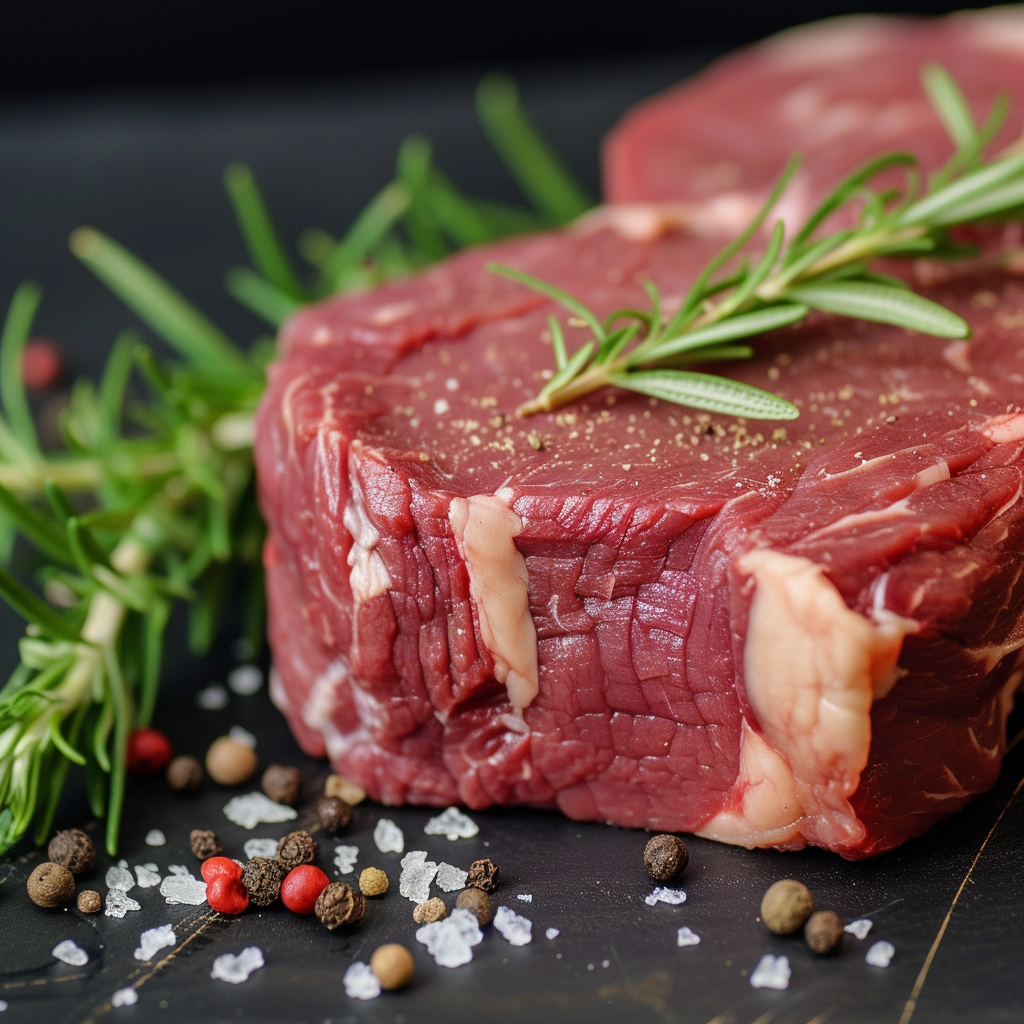Hello there! In this article, we’ll be discussing ancient food storage techniques and how they were used by people in the past. We’ll explore the concept of off-grid living and dive into the methods that our ancestors employed to store food for long periods of time. So, if you’re curious about how ancient people preserved their food and want to learn more about off-grid living, keep reading!
Ancient Food Storage Techniques
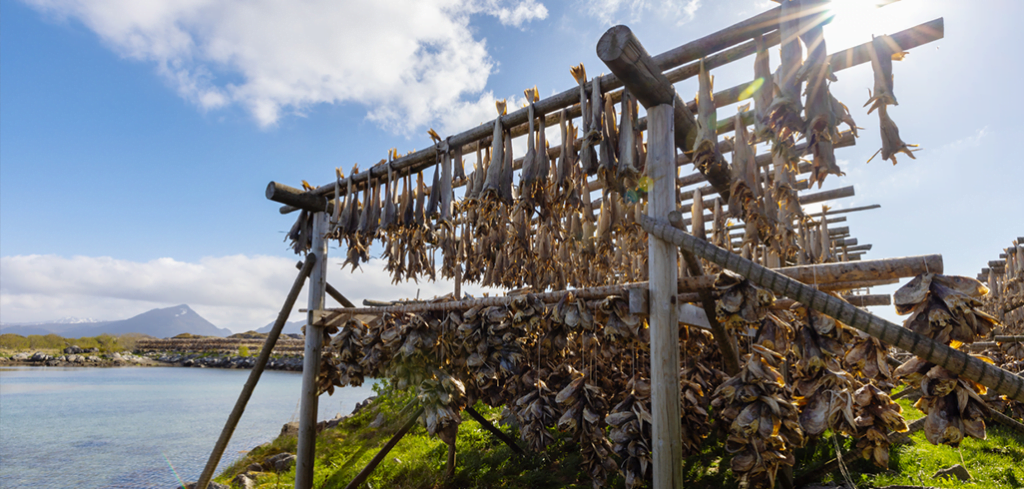
Introduction: The Importance of Food Storage in Ancient Times
In ancient times, food storage was of utmost importance. Unlike in today’s modern society with readily available supermarkets and refrigerators, ancient civilizations had to rely on various techniques to preserve food for the long term. These techniques allowed people to sustain themselves through times of scarcity, ensuring their survival during harsh winters or droughts. This article will explore the fascinating world of ancient food storage techniques, highlighting the ingenuity and resourcefulness of our ancestors.
1. Underground Storage Methods
Caves and Caverns
One of the earliest and most basic methods of food storage was utilizing natural caves and caverns. These underground spaces provided a cool and stable environment for storing perishable goods. Ancient people would stockpile their food, such as grains, fruits, and vegetables, within these dark and damp caves, safeguarding them from spoilage and vermin.
Caves offered a natural insulation, shielding the food from extremes of temperature, keeping it fresh for extended periods. The cool, dry air in these underground chambers slowed down the decay process, allowing ancient civilizations to store surplus food to survive periods of scarcity.
Pit Storage
Apart from caves, another effective underground storage method used by ancient civilizations involved digging pits. People would excavate large holes, line them with materials like leather or animal skins to prevent direct contact with the earth, and then fill them with food items.
These pits served as natural refrigerators, benefiting from the stable temperature and moisture levels found beneath the ground. This method proved particularly useful for storing root vegetables, tubers, and other produce that could thrive in a cool, dark environment.
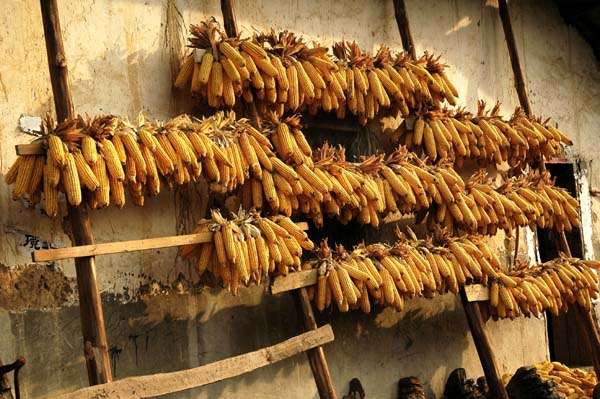
2. Drying and Dehydration Techniques
Sun Drying
Drying was one of the simplest and most widespread food preservation techniques. Ancient cultures harnessed the power of the sun to evaporate moisture from various foods, effectively extending their shelf life. Fruits, vegetables, and even meat were laid out under the scorching sun until all the water content had dissipated.
The process of sun drying involved spreading the food items on clean surfaces, such as rooftops or open fields, where they could be exposed to direct sunlight. The intense heat and airflow would gradually remove the moisture, inhibiting the growth of bacteria and mold. Once dried, the food could be stored and consumed for months, if not years, later.
Smoke Drying
Another method of food dehydration employed by ancient cultures was smoke drying. This technique involved hanging meat, fish, or other perishable items over a fire, allowing the rising smoke to infuse the food while simultaneously drying it out.
The smoke not only offered a distinct flavor but also acted as a preservative due to its antimicrobial properties. The low heat and slow drying process preserved the nutritional value of the food while making it resistant to spoilage. Smoke-dried foods could be stored for extended periods, making them a valuable resource during times of scarcity.
Air Drying
Air drying, also known as wind drying, was a technique commonly used for preserving grains, herbs, and some fruits. In this method, the food items were spread out in a well-ventilated area, typically open fields or large drying racks, where natural air currents would aid in the drying process.
The primary goal of air drying was to reduce the moisture content of the food to a level where microbial growth was inhibited. By continuously exposing the food to moving air, ancient civilizations could effectively dehydrate it, preventing spoilage and increasing its longevity. Such dried foods could be stored safely for extended periods, providing sustenance during unfavorable conditions.
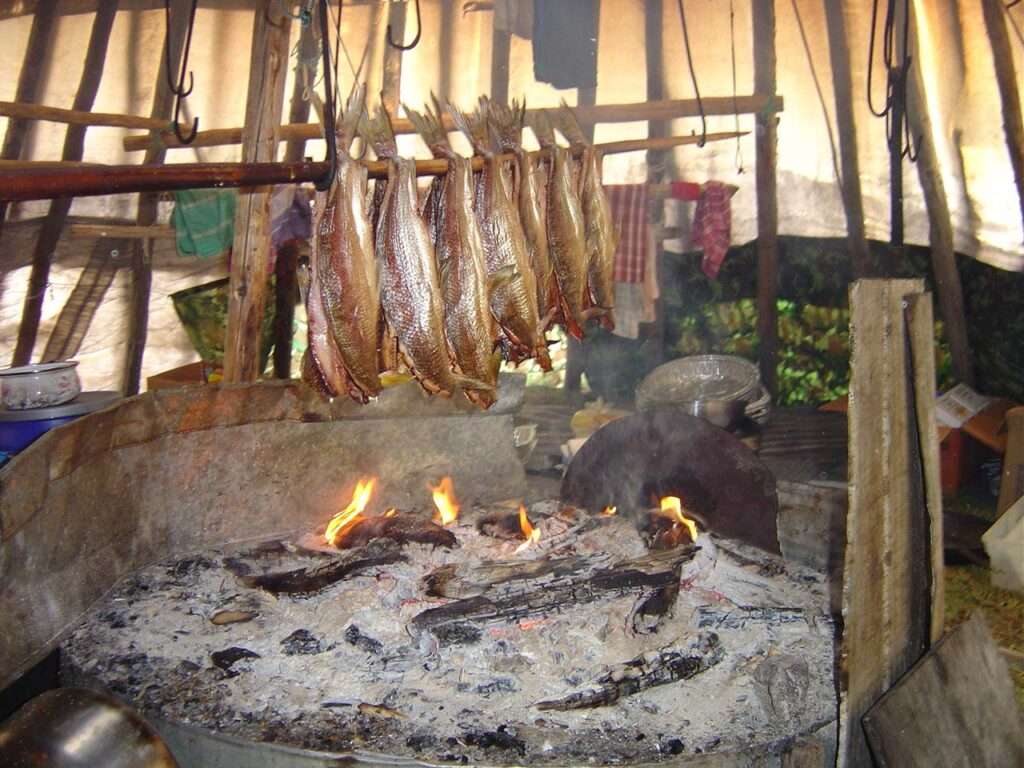
3. Fermentation and Preservation Methods
Pickling and Brining
Pickling and brining were popular fermentation techniques used by ancient cultures to prolong the shelf life of fruits, vegetables, and even meats. These methods involved soaking the food in a solution of vinegar, saltwater, or brine, which supported the growth of beneficial bacteria.
The acidic environment created by pickling inhibited the growth of spoilage-causing microorganisms, allowing the food to be preserved for an extended period. Ancient people could enjoy the tangy flavors of pickled vegetables and fruits throughout the year, irrespective of seasonal availability. Similarly, brining meat ensured not only its preservation but also enhanced flavor and tenderness.
Fermented Foods
Fermentation was another valuable preservation technique employed by ancient civilizations. Through the process of natural fermentation, various foods and beverages were transformed into long-lasting, nutrient-rich products.
Fermentation involved the conversion of sugars into alcohol or acids by microorganisms. This metabolic process not only preserved the food but also enhanced its flavor, texture, and nutritional value. Examples of fermented foods include sauerkraut, kimchi, yogurt, cheese, and fermented beverages like beer and wine.

4. Advanced Techniques of Ancient Food Preservation
Freezing and Cold Storage
While freezing as we know it today was not feasible for ancient civilizations, they did utilize cold storage techniques to preserve food. In colder regions, people would take advantage of natural ice formations during winter and carve ice blocks that could be used to keep perishable goods cold.
These ice blocks were stored in carefully insulated icehouses or underground chambers, creating a rudimentary form of refrigeration. The frigid temperatures and controlled conditions prevented spoilage and allowed ancient people to store fish, meat, and dairy products for extended periods.
Salt and Sugar Preservation
Salt and sugar were prized commodities in ancient times due to their remarkable preserving properties. Both of these substances create a hostile environment for microbial growth, inhibiting spoilage and extending the shelf life of food.
By coating or immersing food items in salt or sugar, ancient civilizations successfully preserved meat, fish, fruits, and even certain vegetables. The salt or sugar effectively drew out moisture from the food, decreasing the water activity and making it less susceptible to spoilage-causing bacteria.
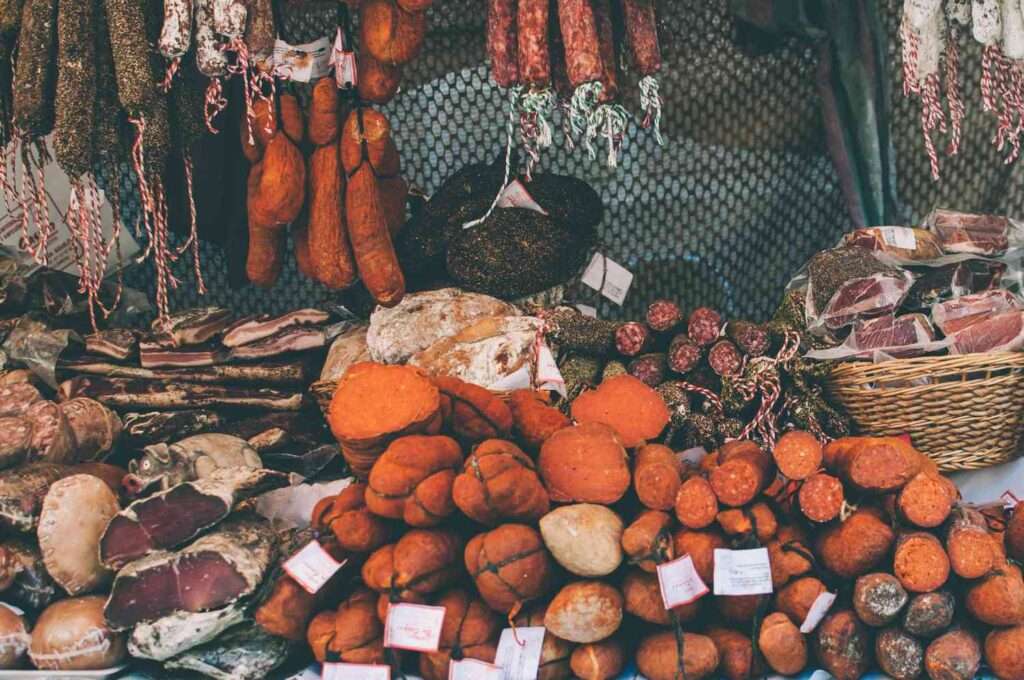
Conclusion: The Legacy of Ancient Food Storage Techniques
Ancient civilizations developed a myriad of innovative and resourceful techniques to ensure food security and survival. Through underground storage methods, drying and dehydration techniques, fermentation, and advanced preservation methods, they were able to sustain themselves in times of scarcity and uncertainty.
These ancient food storage techniques left a lasting legacy, shaping the way we preserve and consume food in the present day. While modern technology and advancements have revolutionized food storage, it is essential to recognize and appreciate the wisdom of our ancestors who mastered the art of preserving food using the resources available to them. By understanding these ancient techniques, we can gain a deeper appreciation for the ingenuity and resilience of those who came before us.

